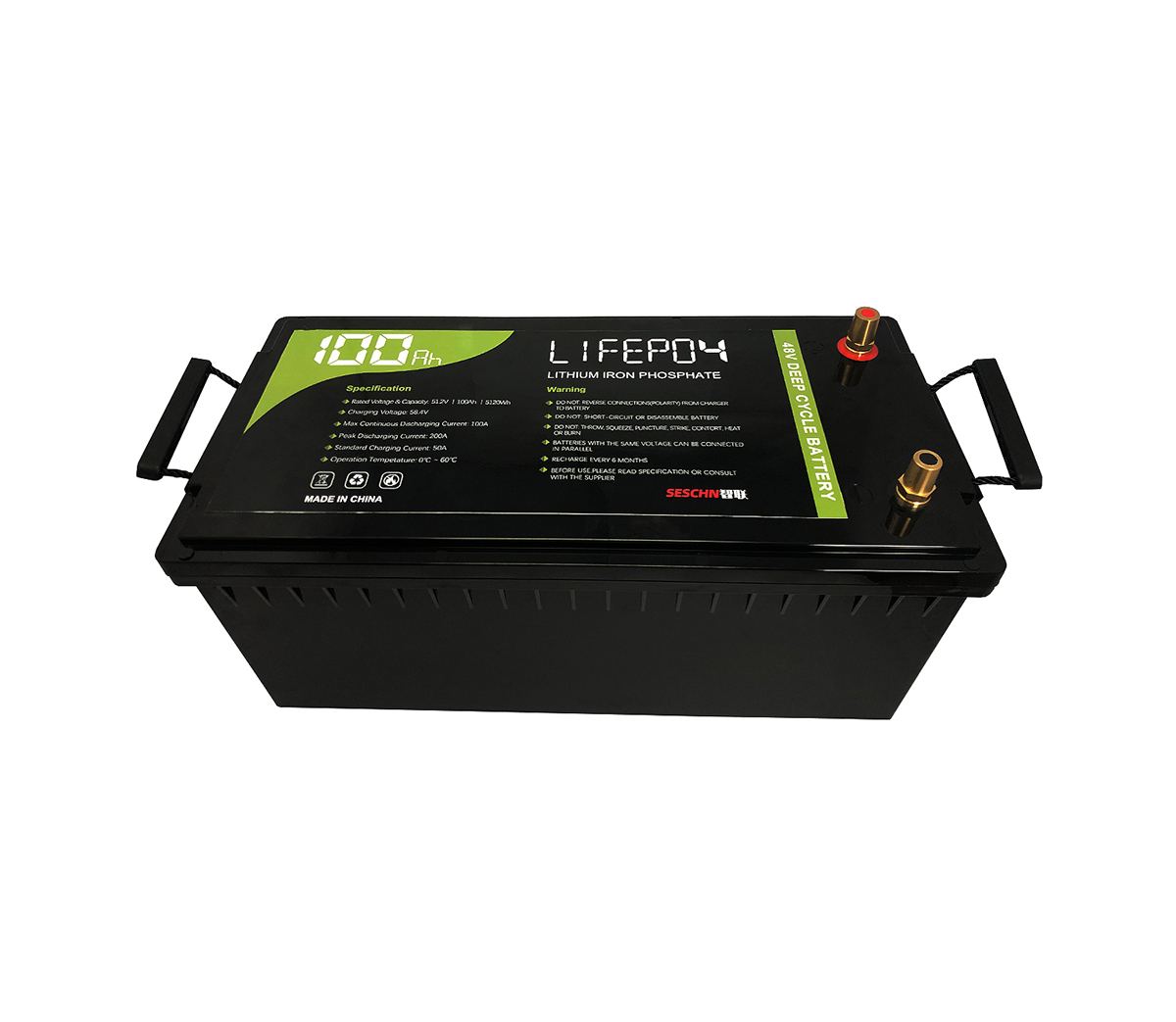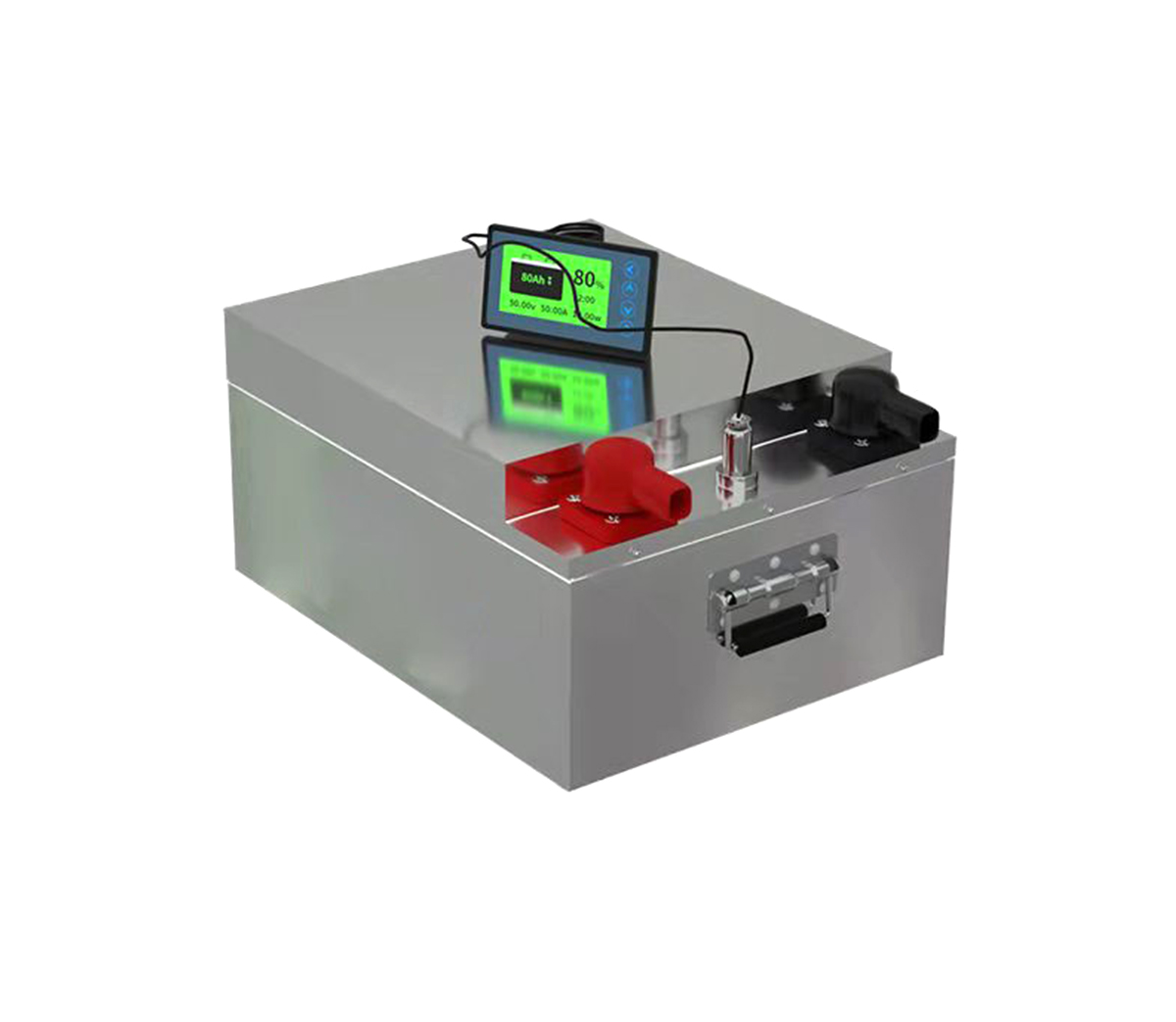What are the recycling technologies for used lithium-ion batteries?
The recycling technology of waste lithium-ion batteries is to separate
valuable components in waste lithium-ion batteries according to their respective
physical and chemical properties.
Recycling technology of waste lithium-ion batteries: mainly wet recycling
technology.
The recycling technology of used lithium-ion batteries is to separate the
valuable components of used lithium-ion batteries according to their respective
physical and chemical properties. Generally speaking, the entire recovery
process is divided into 4 parts: (1) pretreatment part; (2) electrode material
repair; (3) leaching of valuable metals; (4) chemical purification.
In the recycling process, according to different extraction processes, the
recycling technology of lithium-ion batteries can be divided into three
categories: (1) dry recycling technology; (2) wet recycling technology; (3)
biological recycling technology.
Dry recovery mainly includes mechanical separation and high temperature
pyrolysis (or called pyrometallurgy). The dry recovery process is relatively
short, and the recovery is not very specific. It is the preliminary stage to
realize the separation and recovery of metals. It mainly refers to the method of
directly realizing the recovery of materials or valuable metals without using
media such as solution, mainly through physical separation and high-temperature
pyrolysis, the battery is crushed and classified by coarse screening, or the
organic matter is removed by high-temperature decomposition for further Element
recycling.
Wet recovery technology is more complicated, but the recovery rate of each
valuable metal is relatively high. It is currently the main technology for
processing waste nickel-hydrogen batteries and lithium-ion batteries. Wet
recovery technology uses various acid and alkaline solutions as the transfer
medium to transfer metal ions from the electrode material to the leaching
solution, and then through ion exchange, precipitation, adsorption and other
means, the metal ions are removed from the form of salts, oxides, etc. Extract
from the solution.
Bio-recycling technology has the characteristics of low cost, low pollution
and reusability. It is the ideal direction for the development of lithium-ion
battery recycling technology in the future. Biological recovery technology
mainly uses microbial leaching to convert the useful components of the system
into soluble compounds and selectively dissolve them to obtain a solution
containing effective metals, to achieve the separation of target components from
impurity components, and finally to recover valuable lithium and other valuable
components. Metal. At present, the research on bio-recovery technology has just
started, and then it will gradually solve the problems of the cultivation of
high-efficiency strains, the long cycle, and the control of leaching
conditions.
From the perspective of the sequence of the recycling process, the first
step: the pretreatment process, the purpose of which is to initially separate
and recover the valuable parts of the old lithium-ion battery, and efficiently
and selectively enrich the high value-added parts such as electrode materials
for subsequent recovery. The process went smoothly. The pretreatment process
generally combines crushing, grinding, screening and physical separation
methods. The main pretreatment methods include: (1) pre-discharge; (2)
mechanical separation; (3) heat treatment; (4) lye dissolution; (5) solvent
dissolution; (6) manual dismantling, etc.
Step 2: Material separation. The mixed electrode material of the positive
electrode and the negative electrode is enriched in the pretreatment stage. In
order to separate and recover valuable metals such as Co and Li from it, the
mixed electrode material needs to be selectively extracted. The process of
material separation can also be classified according to the classification
technology of dry recovery, wet recovery and biological recovery: (1) inorganic
acid leaching; (2) biological leaching; (3) mechanochemical leaching.
The third step: chemical purification. Its purpose is to separate, purify
and recover various high value-added metals in the solution obtained in the
leaching process. The leaching solution contains various elements such as Ni,
Co, Mn, Fe, Li, Al, and Cu, among which Ni, Co, Mn, and Li are the main
recovered metal elements. After the Al and Fe are selectively precipitated by
adjusting the pH, the Ni, Co, Mn, and Li in the leaching solution are processed
and recovered in the next step. Commonly used recovery methods are chemical
precipitation, salting out, ion exchange, extraction and electrodeposition.
The technical route and trend of power battery recycling in domestic and
foreign enterprises: wet process and high temperature pyrolysis are the
mainstream. Compare the waste power battery recycling process of mainstream
foreign battery recycling companies. It can be found that the current mainstream
lithium battery recycling process is wet process and high temperature pyrolysis.
Mainly, and a large part of it has been put into the industrial production
stage.


































